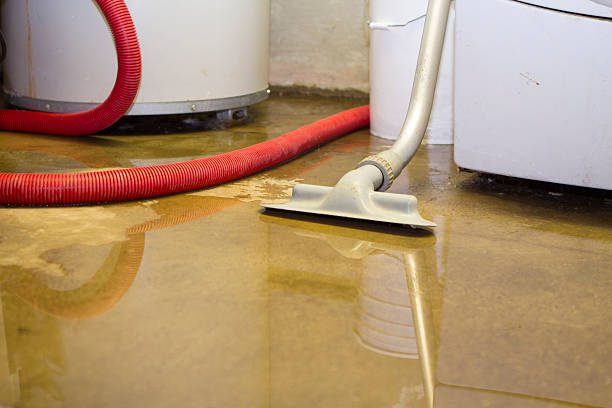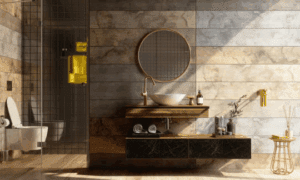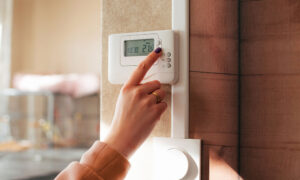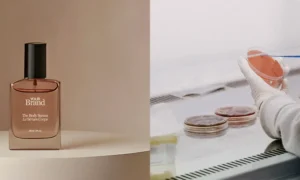Whether it is a small leakage or any big issue causing a flood in your bathroom, it is disgusting. It must be fixed immediately for your comfort and to save your house from structural damage, advises the First Providence Management team. For example, walls, tiles, floors, and even ceilings can also be affected by it. And over time, it gets worse as well. So, the damage restoration must be performed by any specialist who is well-educated about their profession.
As the best service provider of Water Damage Restoration in New York, we know you may feel frustrated and exhausted when you cannot clean up your bathroom after water damage. But worry not, as we are here to help. Sometimes you need a professional to do a job and that’s exactly where we come in. We know exactly what steps to take to restore your bathroom to its previous position. If you want to do it yourself for any reason, here is a step-by-step guide.
Causes of Water Damage in Bathrooms
For the proper functioning of your home, you need to keep the check and balance on every spot, especially bathrooms because major water malfunctions mostly occur in this area.
Following are some of the causes of water damage.
-
Plumbing issues
Water damage in bathrooms is majorly caused by leaking or broken pipers. In bathrooms, most of the pipes are connected because of several functions like sink, flush, shower, bathtub, etc, So leakage in any pipe is difficult to notice. Until you discover the spot of leakage water, shut off the main water valve to stop the further water spread.
-
Blocked toilets
According to one of the research done regarding home toilet malfunctioning in the United States, It is noted that toilet failure is the most common reason for water damage in homes. Almost 30 percent of toilet blockages are caused by clogs and toilet overflowing. Most people have this habit of flushing toilet paper in toilets which ultimately becomes clogged and leads to overflow of water from the toilets.
-
Structural malfunction
Structural malfunction includes leaked pipes, faucets, and other appliances installed in bathrooms. They can cause severe water damage, leading to water seeping into walls, bases, and ceilings. Structural malfunction may be done automatically or because of inexperienced working technicians.
-
Rusting
Rusting occurs because of high levels of moisture in bathrooms. Water contains iron, which oxidizes when combined with oxygen and becomes rust and corrosion. Rusting is not directly related to proper cleaning of your toilets. It has some other reasons i-e, old pipes or toilets and especially hard water in your area.
How to Clean the Water Damage in Bathrooms
Here are some preventive steps to stop the water damage in your bathrooms.
Shut off the main water valve
First, you need to shut the main water valve to stop more water from coming in your way while you are working on it. It will minimize the chances of slipping while working, and secondly, it’s safe because sometimes you deal with both water and electricity simultaneously, which is risky.
Remove excess water from the ground
Where you work must be dry enough to move freely here for equipment. Soak the accumulated water on the ground with any towel or completely wipe it out. It would help you to do your work efficiently, and it’s good for your safety.
Find out the issue
When you are done with all the important measures, now it’s time to find out the problem because of which water is accumulating. Check out all the pipes, vanities, faucets, bathtub, shower and drains. The problem must be right there in any one of them. Dripping faucets, slow drains, cracks in grouts, and spongy floors and walls are the major signs of water leakage.
Fix the problem
When you have detected the problem, now fix it properly using the expertise of your knowledge. Use the new pipes where required, or repair them properly if they can be repaired. If you have replaced the tile, install the new one with proper cutting and adjustment. Once you finish the proper replacement and adjustment, paint or sweep the entire area for the finished look.
Assess the fixture
Although it’s a messy job to repair the damage in bathrooms, it still needs to be done. So once you are done with the proper repair, you must check the water leakage, especially the area where you found the issue. If the leakage is stopped, then move on.
Finish with a spray of disinfects
In the final step of restoration, you must scrub and spray any disinfectant on all the appliances in the bathroom and floor. It will help to remove the contamination caused by the overflowing of damaged water areas and refresh the indoor air.
Conclusion
In conclusion, you must keep the proper check and balance to avoid facing serious water damage-related issues. We have tried our best to tell you the causes of water damage and all the possible solutions to cope with such situations.We hope if you follow this step-by-step guide, you won’t have to face any water damage-related issues in the future.



































